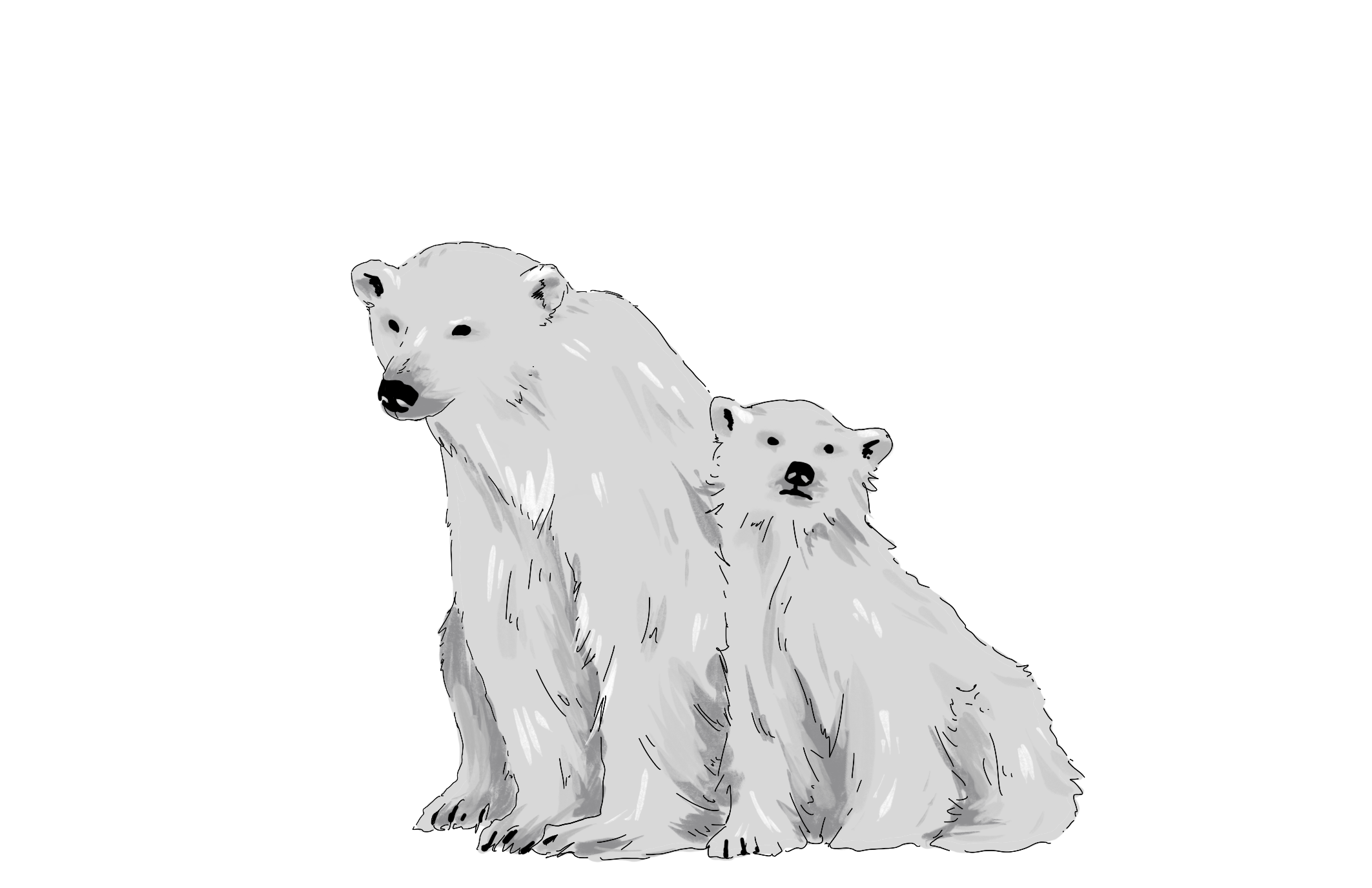Burning Bowdoin questions: Why the polar bear?
September 15, 2023
 Alex Spear
Alex SpearBowdoin has become synonymous with a bear native to a region over 1,000 miles north of its campus—the polar bear. So I set out to finally settle the question: Why the polar bear?
In the first installment of Burning Bowdoin Questions, I seek to discover when the polar bear was first introduced as the Bowdoin mascot and how the abundance of taxidermy made it all the way to Brunswick.
The adoption of the polar bear as the mascot was first announced in the January 21, 1913 issue of the Orient. Professor Frank Nathaniel Whittier, class of 1885, suggested it in an athletic council meeting. The proposal was unanimously approved.
“While this stamping of the College seal on the Arctic animal gives him only official residence at Bowdoin, there is no doubt but that he will in the course of time become the accepted and traditional mascot of all Bowdoin affairs and rank with Princeton’s tiger and the Yale bulldog,” the Orient wrote in a 1913 article about the new mascot.
Unsurprisingly, this choice was inspired by the discoveries of Robert Peary, class of 1877, and Donald MacMillan, class of 1898, during their expedition to the North Pole. After the new mascot was chosen, the search for a “healthy specimen” began.
The so-called specimen was found and became the main event of the 1918 inauguration of the College’s eighth president, Kenneth Sills. MacMillan delivered a taxidermy polar bear for the occasion that had to be carted from the Brunswick train station to campus for the alumni lunch. The skin for the taxidermy endured a long road to get to Bowdoin; while the animal was killed in 1915, the skin was preserved for over two years before its final mounting. This taxidermy bear is the one that still resides outside Morrell Gym.
In MacMillan’s speech at the 1918 commencement, where he was awarded an honorary doctorate, he regaled the epic journey and battle with the bear he ultimately killed for the taxidermy. He also recounted a separate story about a polar bear cub that followed him around for many months that he affectionately called “Bowdoin.”
The separation of these two tales settles another Bowdoin question by suggesting that MacMillan did not kill the cub for display. According to his account, he captured the live cub, “Bowdoin,” to take it back with him, but the bear escaped. Nonetheless, he killed over 30 polar bears during this three-year expedition, bringing their skins back for the American Museum of Natural History, according to former Professor of History Ernst C. Helmreich in his 1986 convocation speech.
There is something to be said for the College’s legacy of arctic expeditions and the combined effort of sustainability and conservation in the modern era. While Bowdoin’s intentions of studying and exploring the Arctic have shifted to be that of preservation, the College is in the unique position of having such a lasting legacy and relatively close proximity to arctic regions compared to other schools. Just this summer, students embarked on an arctic expedition on the Schooner Bowdoin.
While this is a brief history of the beginnings of the polar bear’s legacy at Bowdoin, the resources available for us to learn about a relatively unexplored part of the world are extensive and deserve to be explored. The polar bear is currently considered vulnerable according to the World Wildlife Foundation due to rising ocean temperatures threatening its habitat. The polar bear has also become a symbol associated with climate change. Nothing feels more fitting as a reminder to our sustainably-conscious campus that there is always more to be done to preserve and protect our environment.

Comments
Before submitting a comment, please review our comment policy. Some key points from the policy: